Lonely Planet this week awarded Belfast and the Causeway Coast the coveted Number 1 position in its regional list for “Best in Travel 2018.” This is no mean feat: our region beat out behemoths like Alaska, the Julian Alps in Slovenia, and Kii Peninsula in Japan to name just a few others who made the website’s top 10 regions.
In recent years close to one million visitors have journeyed to the North Coast to witness its unique topography; to locals the Giant’s Causeway has always been the pride and joy of our rugged landscape. The Irish lore behind its name gives these basalt columns an even more mythological and magical quality almost eclipsing the majestic natural phenomenon that created this distinctive rock formation.
Let’s give credit where it’s due: this resurgence in visitor interest can largely be attributed to the work of the Causeway Coast & Glens Heritage Trust. They laid out a strategy and action plan for 2011-2016, to make the Causeway Coast and Glens region a truly sustainable tourism destination. Back then, they planned “to work collectively to offer a world-class tourism destination that is economically viable, environmentally sustainable and ensures benefits for the local people who live and work in the region.”
Today, it’s fair to write that the Trust’s vision has been realised; their work at the local level has ensured Northern Ireland’s impact on a global scale, as aptly recognised by Lonely Planet.
As for Belfast, in this writer’s opinion its tourist appeal is multi-layered. Its visibility has substantially increased in recent times thanks to HBO (through its production of Game of Thrones) and other television dramas and movies making the most of its unique landscape and cheap costs. Yet, I suspect Belfast’s major appeal lies in the fact it’s post-Troubles urban regeneration has successfully avoided blanket urban cloning.
Yes, Belfast possesses trademark chain stores, but rather than neutralising our sectarian past, Belfast retailers have embraced its tumultuous history.
Black cab tours of Belfast have long shown visitors the geospatial segregation of the city as demarcated through murals. Now artists are using the same talents to create post-conflict street art, expressing indigenous identities and hopes of Belfast people. Whether conscious of it or not, these artistic practices are resistant to market hegemony, sectarianism and segregation, helping to develop spaces for communities to expand and create profitable businesses which maintain a uniquely Northern Irish charm.
Lonely Planet acknowledges Northern Ireland’s “atmosphere of determined optimism.” With international recognition from the world’s most renowned travel guide, there’s plenty to be optimistic about.
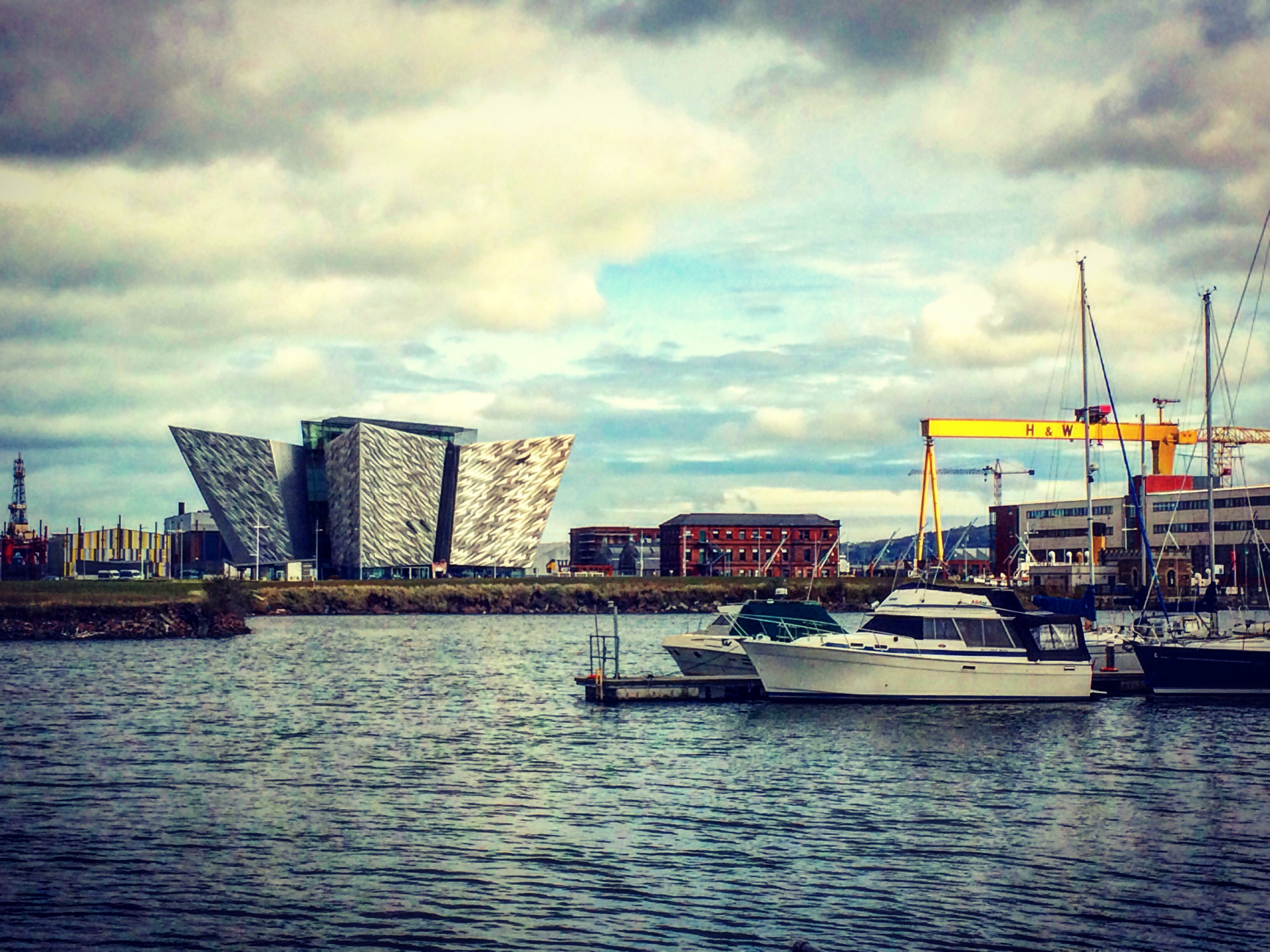
Lonely Planet praises Titanic Belfast for its “cleverly designed exhibits” and “poignant” visitor experience.
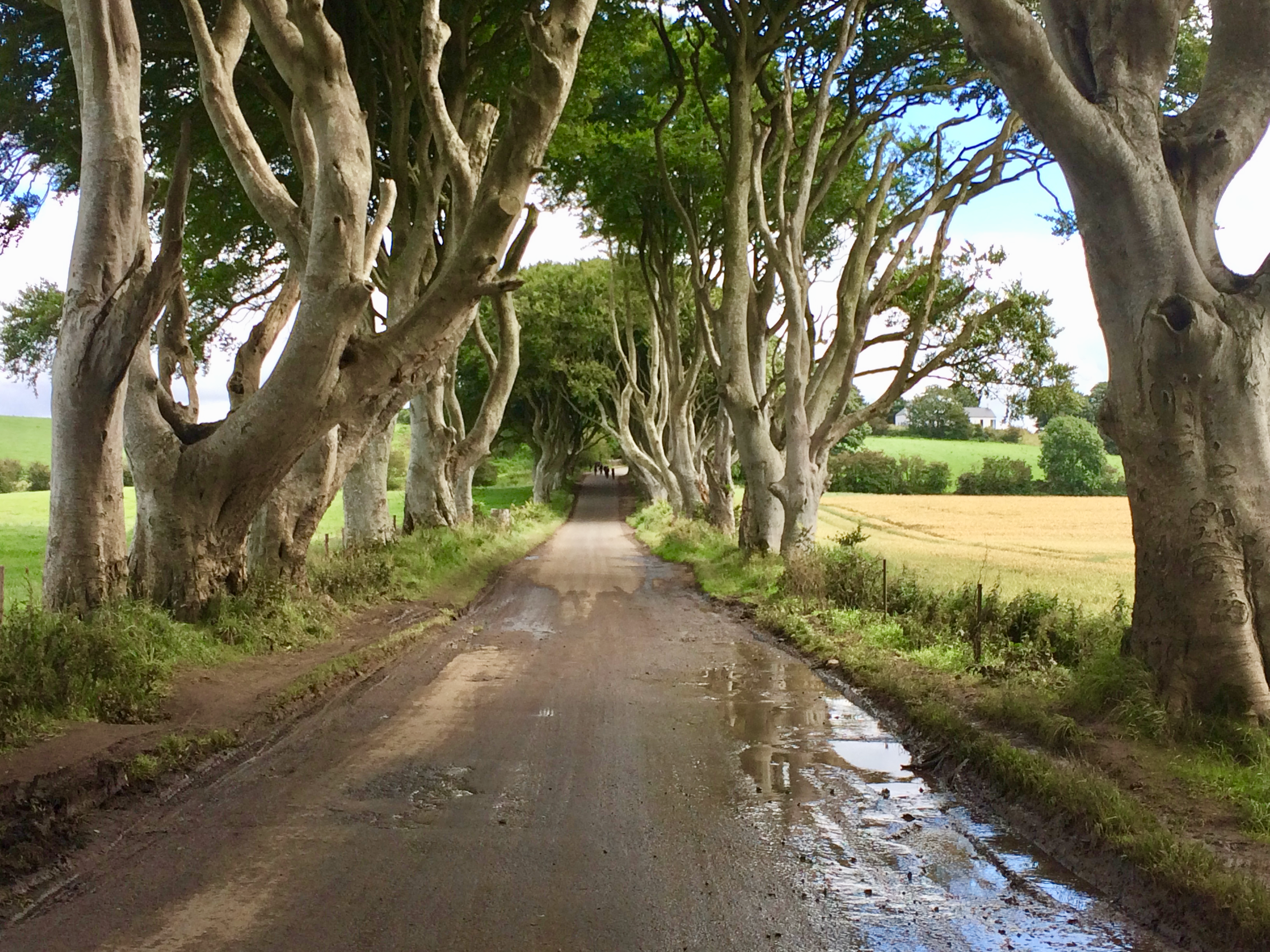
NI Screen estimates that Game of Thrones has generated £150 million to the local economy since 2010.
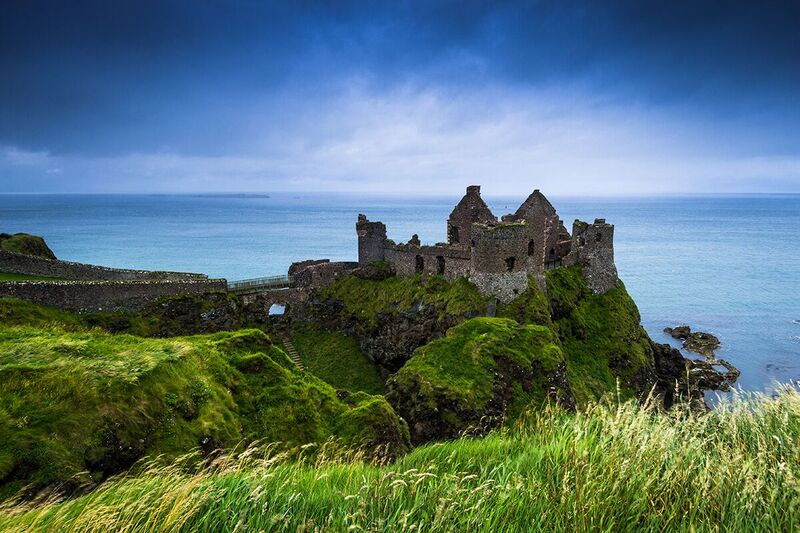
Dunluce Castle (Photo Credit: Ryan Simpson).
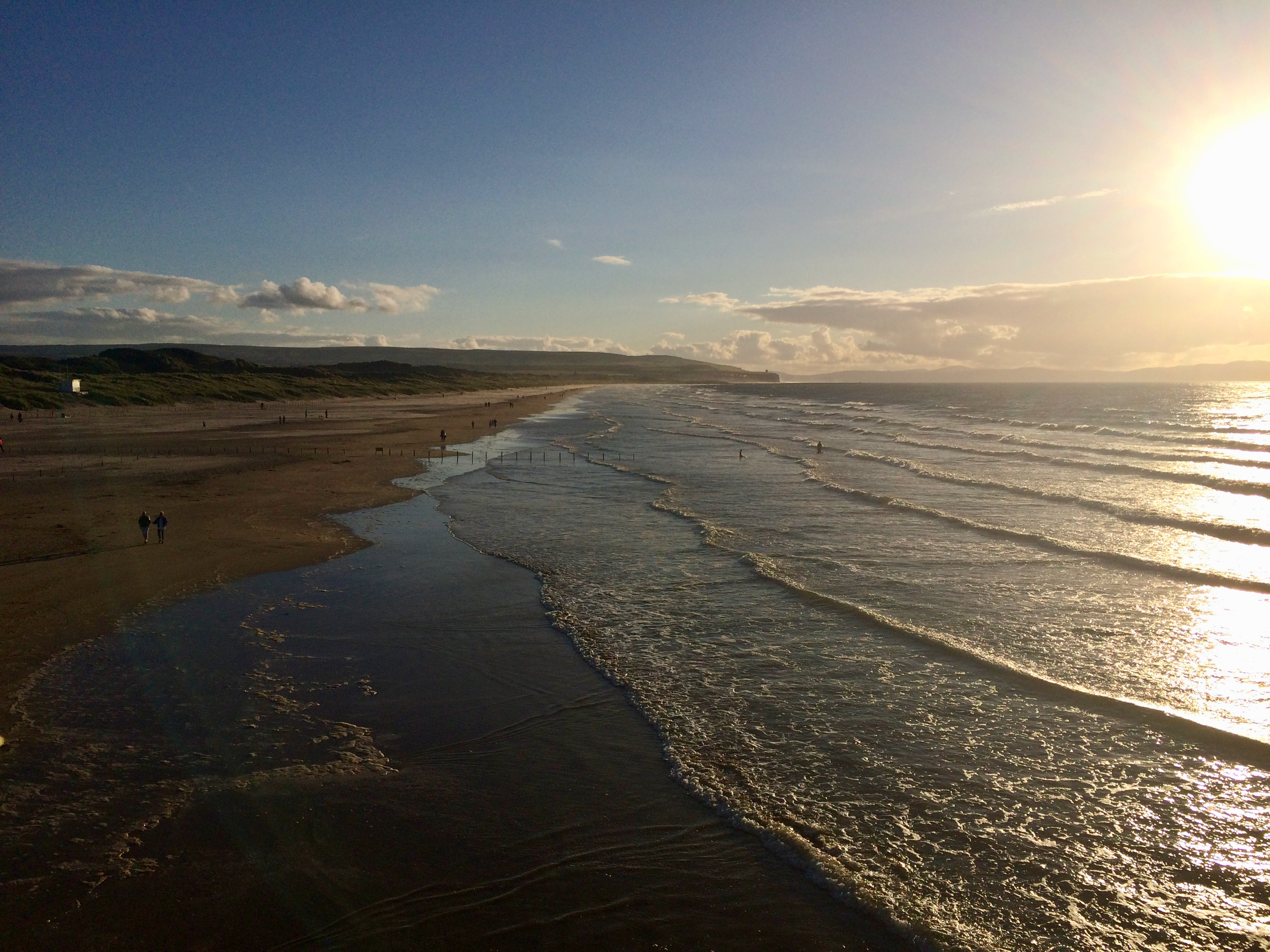
Sunset over Portstewart Strand.
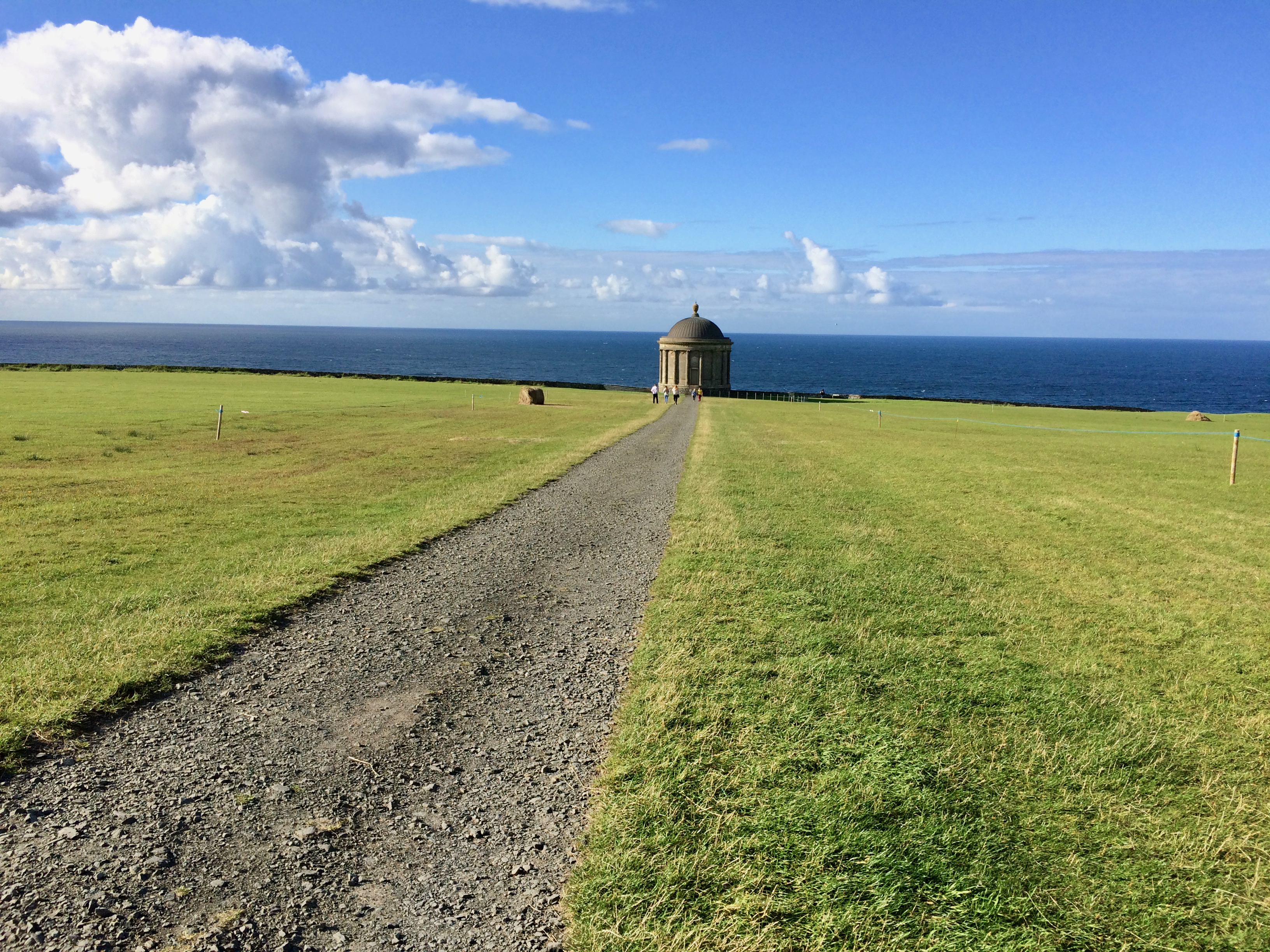
The Causeway Coast is celebrated by Lonely Planet for its “timeless beauty and high-grade distractions.” Manmade beauty blends with natural beauty at Mussenden Temple.
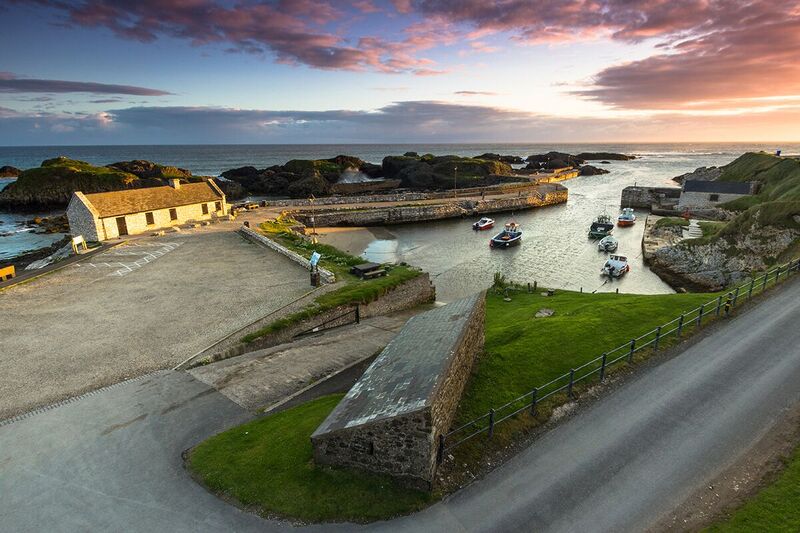
The cold Atlantic meets warm Northern Irish charm at Ballintoy Harbour (Photo credit: Ryan Simpson).
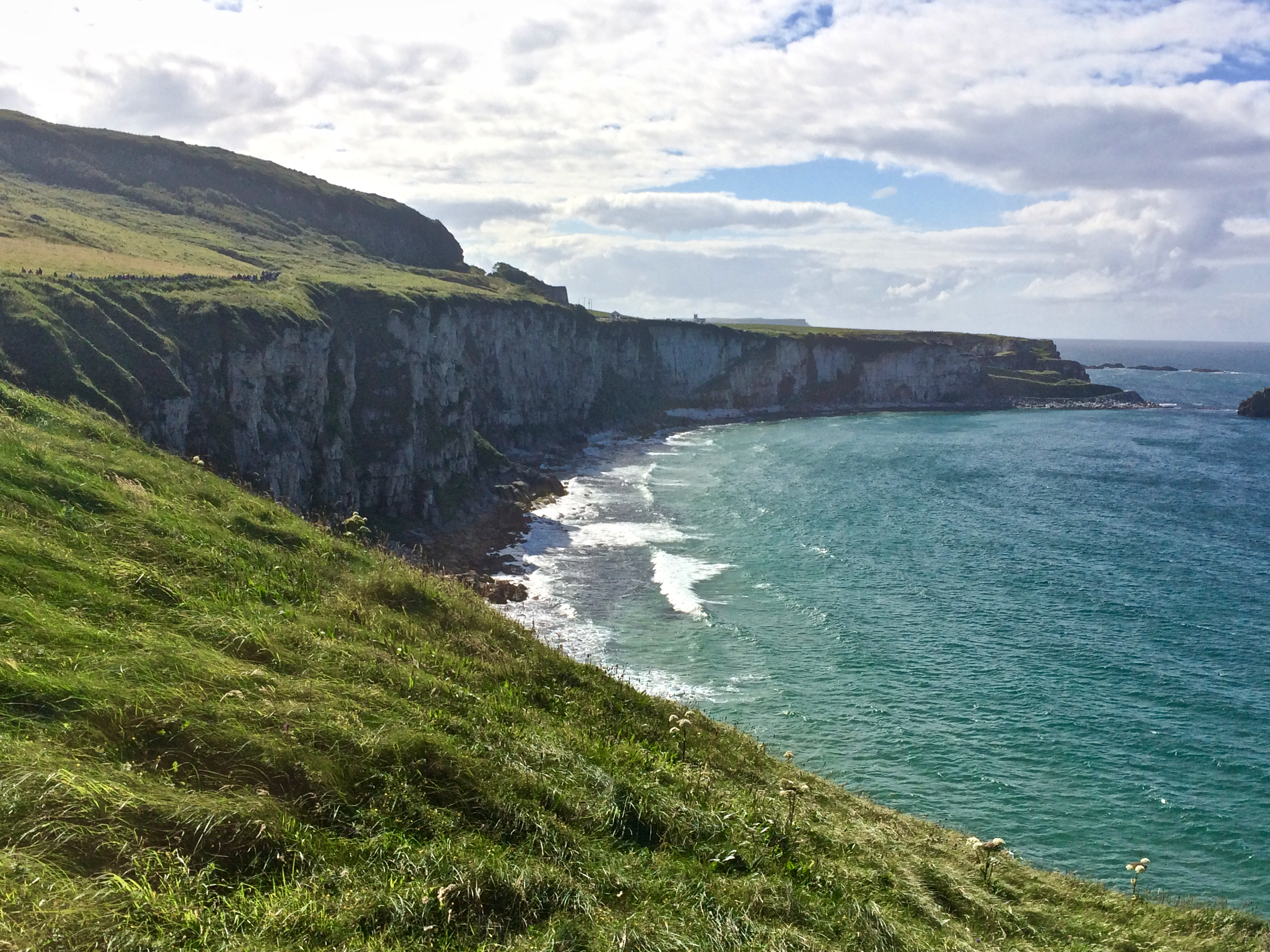
The Giant’s Causeway isn’t the only part of the North Coast with beautiful rock formations…
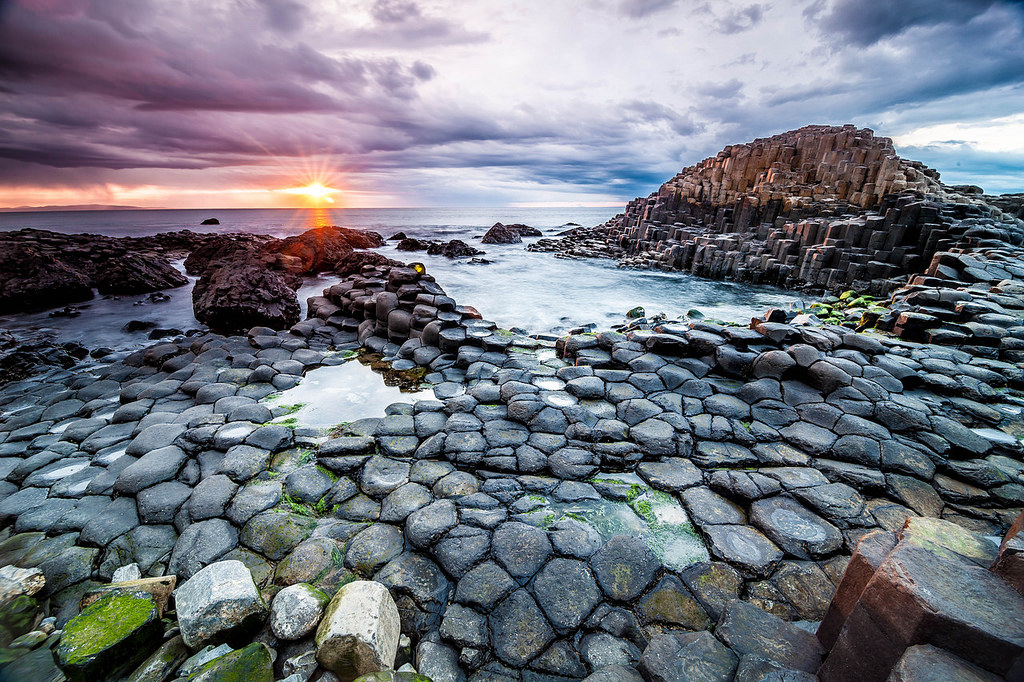
… but the distinct basalt columns of the Giant’s Causeway have undoubtedly become “some of the world’s most famous rocks.” (Photo credit: Stefan Klopp)
Also published on Medium.
